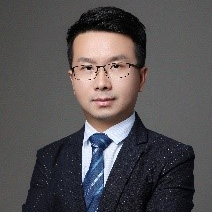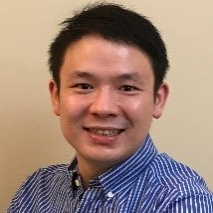Flexible Devices and Optoelectronics Technologies
A special issue of Electronics (ISSN 2079-9292). This special issue belongs to the section "Flexible Electronics".
Deadline for manuscript submissions: closed (31 October 2022) | Viewed by 4090
Special Issue Editors
Interests: smart textiles; wearable devices; soft electronics; nanogenerators; self-powered systems; intelligent biointerfaces
Interests: soft electronics; wearable devices; sensors; electroluminescent devices; actuators; soft robotics
Special Issue Information
Dear Colleagues,
Realizing materials innovations for function integration of flexible devices and optoelectronic technologies remains a challenge in the next generation of soft implements, which are highly desirable for wearable applications, health monitoring coupled with intelligent life, and smart dimmers as well as light controls. Flexible devices and optoelectronic technologies widely comprise the application of functional materials in terms of mechanics, photology, electricity, and thermology, such as the devices of energy harvesters, sensors, actuators, field-effect transistors, memory devices, batteries, smart windows, light-emitting devices, touch panels, and displays. A variety and soft forms of these devices are naturally emerging, with their extraordinary capabilities endowed by ingenuity in materials, designs, system integration, and smart control. The evolution of flexible devices and optoelectronic technologies aims to build intelligent interfaces between humankind and the environment, which will be capable of achieving enhancement of the perception of people, physiological monitoring, environment regulation, augmented reality, as well as imperceptible camouflage. In this Special Issue, we invite research perspectives which include articles and reviews to address various important topics, aiming to highlight the pivotal roles played by materials innovations and device integration. These will continue to be important in steering the field of flexible devices and optoelectronic technologies to a greater height. We look forward to your contributions to this Special Issue and are most grateful for the invaluable support and professional editing from the whole editorial team of Electronics.
Prof. Dr. Jiaqing Xiong
Prof. Dr. Jiangxin Wang
Prof. Dr. Haizeng Li
Guest Editors
Manuscript Submission Information
Manuscripts should be submitted online at www.mdpi.com by registering and logging in to this website. Once you are registered, click here to go to the submission form. Manuscripts can be submitted until the deadline. All submissions that pass pre-check are peer-reviewed. Accepted papers will be published continuously in the journal (as soon as accepted) and will be listed together on the special issue website. Research articles, review articles as well as short communications are invited. For planned papers, a title and short abstract (about 100 words) can be sent to the Editorial Office for announcement on this website.
Submitted manuscripts should not have been published previously, nor be under consideration for publication elsewhere (except conference proceedings papers). All manuscripts are thoroughly refereed through a single-blind peer-review process. A guide for authors and other relevant information for submission of manuscripts is available on the Instructions for Authors page. Electronics is an international peer-reviewed open access semimonthly journal published by MDPI.
Please visit the Instructions for Authors page before submitting a manuscript. The Article Processing Charge (APC) for publication in this open access journal is 2400 CHF (Swiss Francs). Submitted papers should be well formatted and use good English. Authors may use MDPI's English editing service prior to publication or during author revisions.
Keywords
- flexible and stretchable devices
- optoelectronic devices
- wearable technologies
- soft robotics
- sensors
- actuators
- nanogenerators
- electroluminescence
- electrochromics
- thermal management







